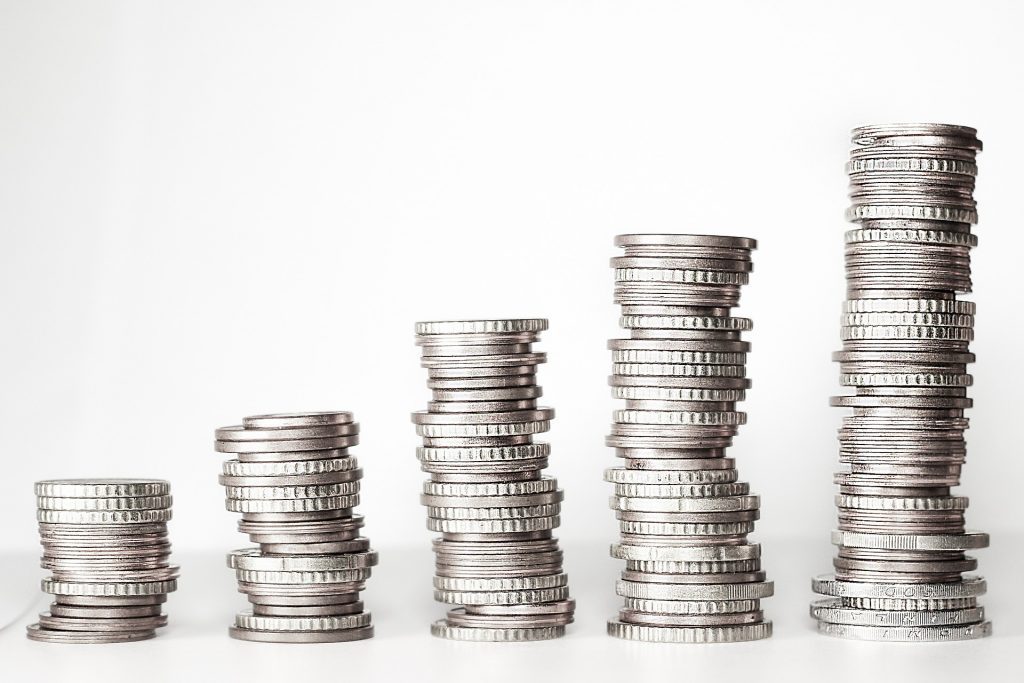When it comes to commercial loans and mortgages, understanding the terms and nuances can be complex. One aspect that often causes confusion is the difference between a loan’s term and its amortization period. These two terms play a crucial role in calculating loan payments and creating an amortization schedule.
In this article, we will delve into the definitions of term loan, amortization, repayment, and payment schedule, and explore how they interact in the context of commercial loans and mortgages.
What is a Loan Term?
A loan’s term refers to the period within which the borrower must repay the principal balance. The specific duration of the term can vary based on several factors. First, it depends on the unique needs of the transaction. For example, if a borrower intends to purchase a property, renovate it, and lease it until it reaches stabilization, the loan may have a shorter term compared to one that is intended for long-term ownership.
Secondly, the loan term is influenced by the lender’s perspective on macroeconomic conditions and interest rate movements. Lenders may choose to commit to a loan transaction for a shorter or longer term based on their assessment of market conditions. Generally, commercial real estate loans have terms ranging from 5 to 30 years, with most falling within the 5 to 10-year range. This duration allows lenders to have a reasonable commitment while providing borrowers with sufficient time to execute their business plan for the property.
What is Loan Amortization?
Loan amortization refers to the timeframe over which a loan’s payments are calculated. In commercial real estate transactions, it is common to have a “split amortization,” where the loan’s term and amortization periods differ. For example, a loan could have a 5-year term, but the payments are based on a 25-year amortization schedule. This structure results in lower monthly payments for the borrower, minimizing their immediate cash outlay. However, it also means that a large “balloon payment” becomes due at the end of the loan term.
A balloon payment is a lump sum payment that is significantly larger than the regular monthly payments and represents the remaining loan balance at the end of the term. The amortization period for a commercial real estate loan can vary depending on the specific needs of the transaction. However, it typically falls within the range of 20 to 30 years. Once the amortization period is determined, an “amortization schedule” can be created to illustrate how each payment is divided between paying off the loan’s principal balance and interest.
Calculating Loan Payment and Amortization Schedule
To calculate a loan’s payment and create an amortization schedule, four key inputs are required: the loan term, amortization period, loan amount, and interest rate. These variables work together to determine the monthly payment amount. Let’s consider an example to illustrate the calculation process.
Suppose an investor is seeking a loan for $1,000,000 with a 5-year term, a 20-year amortization period, and an interest rate of 6%. Instead of manually calculating the payment, these variables can be plugged into a financial calculator or spreadsheet program to determine a monthly payment amount of $7,164.
Creating an Amortization Schedule
Once the monthly payment is known, an amortization schedule can be created to show the distribution of each payment between principal and interest. In the first month, the interest portion of the payment is calculated by multiplying the starting loan amount of $1,000,000 by the interest rate of 6%. This results in an annual interest amount of $60,000, which is then divided by 12 to determine the monthly interest payment of $5,000.
In the first payment, $5,000 goes towards the interest payment, and the remaining amount of $2,164 ($7,164 – $5,000) goes towards reducing the principal balance. The principal balance after the first payment is $997,836 (i.e., $1,000,000 – $2,164).
For the second payment, the interest portion is calculated based on the new principal balance of $997,836. Using the same interest rate of 6%, the monthly interest payment is $4,985.54 ($997,836 * 6% / 12). The remaining amount of $2,178.46 (i.e., $7,164 – $4,985.54) goes towards the principal balance.
This process continues for each monthly payment, with the interest portion decreasing gradually as the principal balance decreases. The amortization schedule provides a detailed breakdown of each payment, showing the interest and principal components, as well as the remaining balance after each payment.
It’s important to note that the example provided is simplified, and in practice, there may be additional factors such as fees, escrow payments, and adjustments that can affect the loan payment and amortization schedule. Therefore, it’s always recommended to consult with a financial professional or use specialized loan calculators to obtain accurate and comprehensive results for specific loan scenarios.
Summary
A term loan refers to the period within which the borrower must repay the principal balance, while amortization refers to the timeframe over which the loan’s payments are calculated. The repayment process involves making regular payments that include both principal and interest, with the interest portion decreasing over time. A payment schedule, also known as an amortization schedule, outlines the distribution of each payment between principal and interest, as well as the remaining balance after each payment.



